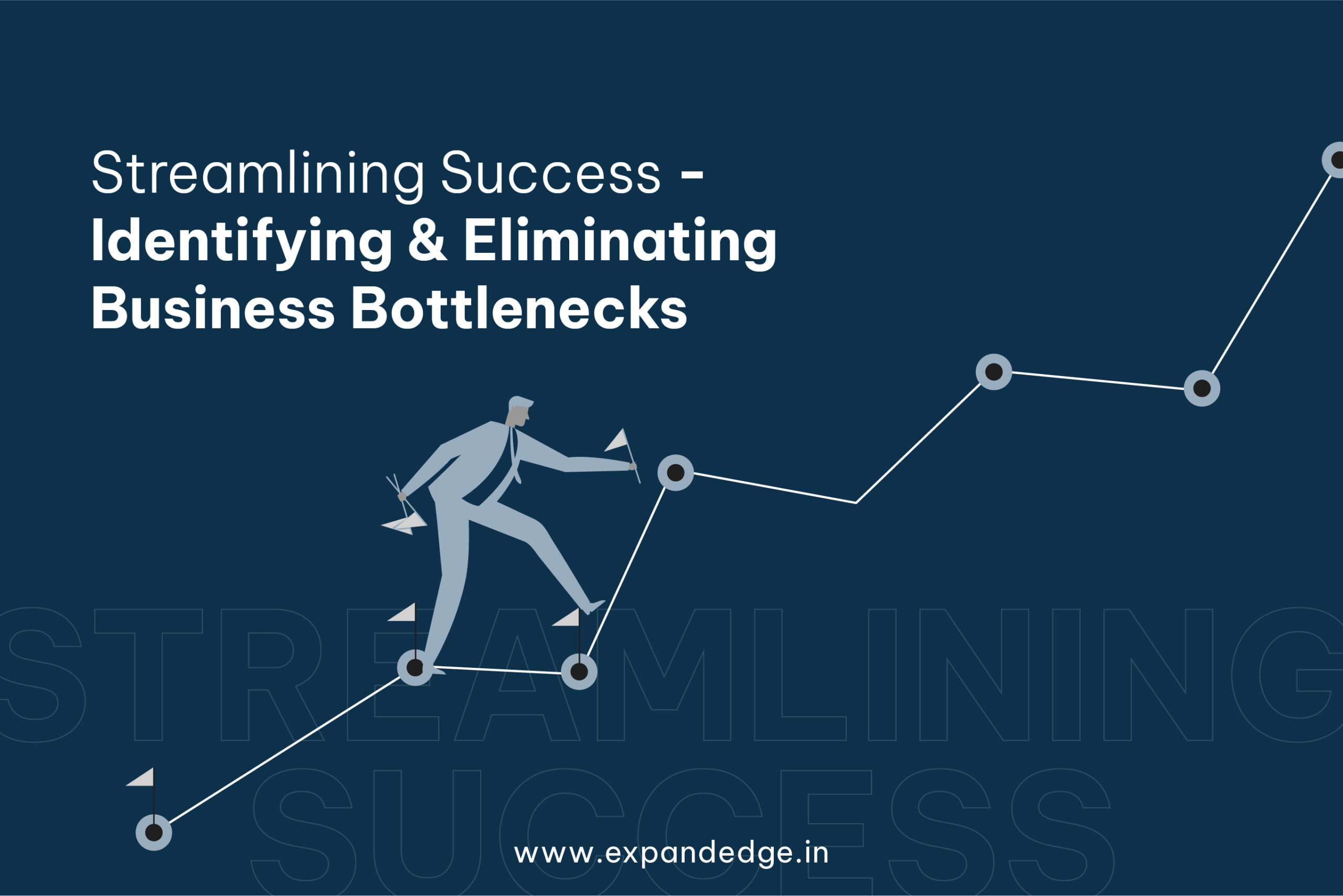Whether it’s in production, part of a special project, or a routine business process, bottlenecks can significantly impact your company’s productivity, profitability, and competitive edge. Each bottleneck acts as a barrier, restricting the flow of your business’s essential operations. To effectively address these issues, it’s crucial to review your methodologies and workflows, identify the root causes, and implement solutions to keep your business running smoothly.
What Are Business Bottlenecks?
A business bottleneck is any obstruction or delay that hampers your processes, analogous to how the narrow neck of a bottle limits the flow of its contents. These bottlenecks disrupt the flow of materials, data, production, and labour, preventing them from being utilized efficiently. While the term is often associated with manufacturing, logistics, and IT, it applies to any business process where demand exceeds capacity.
Common Examples of Bottlenecks in Business:
Understanding where bottlenecks are likely to occur and their root causes can help you address them promptly. Bottlenecks generally fall into two categories:
- Short-term Bottlenecks: These are temporary delays, such as a delay in receiving materials due to issues with a supplier, leading to production slowdowns.
- Long-term Bottlenecks: These are recurring inefficiencies embedded in your processes, like delays in month-end reporting due to complex tasks that rely on a single staff member.
Sources of Bottlenecks: Performers vs. Systems
- Performers: Refers to the people involved in a process. Delays may occur if tasks take longer than expected, or if approval processes get stalled due to human factors like an overwhelmed manager.
- Systems: Refers to the technology and software used in processes. System bottlenecks occur when technology fails to perform optimally, such as slow servers delaying document processing.
Impact of Bottlenecks:
Bottlenecks can significantly affect your bottom line, disrupt operations, and lower the quality of your goods and services. They also lead to employee frustration and can damage your company’s
reputation, ultimately affecting revenue, cost savings, and long-term value.
How to Identify Business Bottlenecks:
To resolve bottlenecks, employ methodologies like,
- Process Mapping: Analyze entire workflows to identify delays and inefficiencies, using tools like
flowcharts and business process management software. - The 5 Whys Method: A questioning technique that digs into the root cause of a problem by asking “why” repeatedly until the underlying issue is uncovered.
Removing Business Bottlenecks:
The key to resolving bottlenecks lies in applying the Theory of Constraints—identify the most critical constraint and either eliminate it or optimize it. This approach helps to improve resource flow and
enhances the overall process.
- Improve Efficiency: Enhance productivity at bottlenecks by automating repetitive tasks, ensuring high-quality input, and leveraging digital tools.
- Increase Capacity: Add resources or update systems to widen the bottleneck, increasing throughput.
- Reduce Input: Simplify or eliminate the steps leading to the bottleneck, or redistribute resources from overperforming to underperforming areas.
Maintaining Clear Workflows:
Bottlenecks, whether minor or major, can drain your company’s productivity and profitability. By proactively analyzing workflows, mapping processes, and investing in the right tools, you can keep
your operations running smoothly and focus on driving value for your business.




